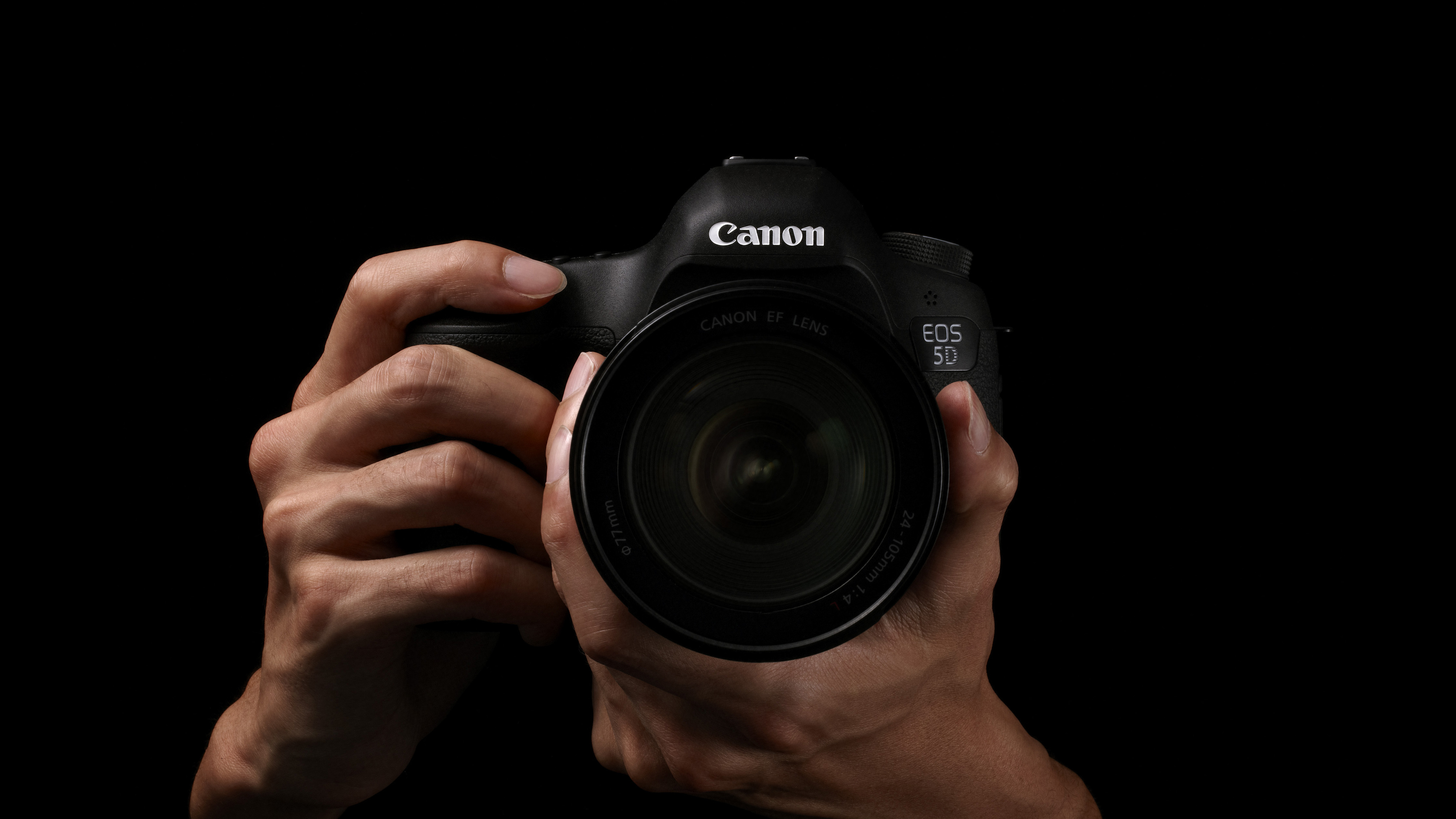Why you can trust TechRadar
Performance
- 6fps burst shooting
- Quiet shooting mode (3fps)
- Multiple Picture Styles
A burst shooting rate of 6fps is solid if unspectacular, while wildlife photographers may find the Canon EOS 5D Mark III's Quiet Mode useful, because unlike other quiet modes, it doesn't rely on the mirror being held up after the shot has been taken.
Instead the mirror moves more slowly, and a new mechanism dampens the movement to reduce the noise.The end result isn't silent, but it's much quieter than in normal shooting mode, and it enables a maximum continuous shooting rate of 3fps.
Canon produces one of the best white balance systems around, and the one in the Canon EOS 5D Mark III doesn't disappoint. When set to the automatic setting, images look natural and generally retain the atmosphere of the shooting conditions.
The Standard picture style is a great option for most situations, but others such as Neutral, Faithful, Monochrome, Portrait and Landscape are on hand, along with three custom options, if you want a different look.
Image quality
- ISO100-256,000 expandable to 50-102,400 (H2)
- Built-in low-pass filter
- +/-5 EV exposure compensation in 1/3 or 1/2 stop increments
The Nikon D810 is viewed by many as the natural competitor for the Canon EOS 5D Mark III. Given its class-leading pixel count, it's not really a surprise that the Nikon D810 is capable of resolving more detail than the 5D Mark III.
What is a little surprising, however, is that the Nikon camera also produces raw and JPEG images that have a higher dynamic range when the lower sensitivity images are used.
We might have expected this to be the other way around, given that the pixels on the Canon EOS 5D Mark III's sensor have more space.
Sign up for breaking news, reviews, opinion, top tech deals, and more.

It is only when the sensitivity of raw files is pushed to ISO800, or the JPEG sensitivity is ISO3200 or higher, that the Canon EOS 5D Mark III's dynamic range is higher than the Nikon D810's.
Nevertheless, the Canon EOS 5D Mark III is extremely capable, and it resolves an impressively high level of detail in both raw and JPEG files, which only really starts to dip when the sensitivity is pushed to ISO25,600.
Our tests also show that from around ISO100 and above, the Canon EOS 5D Mark III has a slightly higher signal to noise ratio than the Nikon D810, so images have less noise.
However, as is usually the case, noise becomes quite noticeable when the upper sensitivity expansion settings (ISO51,200 and ISO102,400) are used, so these are best reserved for emergencies.
We also found that at the top settings, the camera can struggle to render tonal gradations in some red subjects, and small patches of uniform tone appear, giving parts of the image a posterised appearance.
Despite these issues, the Canon EOS 5D Mark III is capable of producing some very impressive results in low light.
When shooting some BMX riders in dim light, for example, the sensitivity was pushed to ISO12,800 and the JPEG results look very good at A3 size.
Even at 100 per cent on the computer screen, images look respectable, with only a slight mottling of luminance noise and some softening of some fine details. Raw files, of course, can be processed to reveal a bit more detail provided you don't mind a bit of texture.
